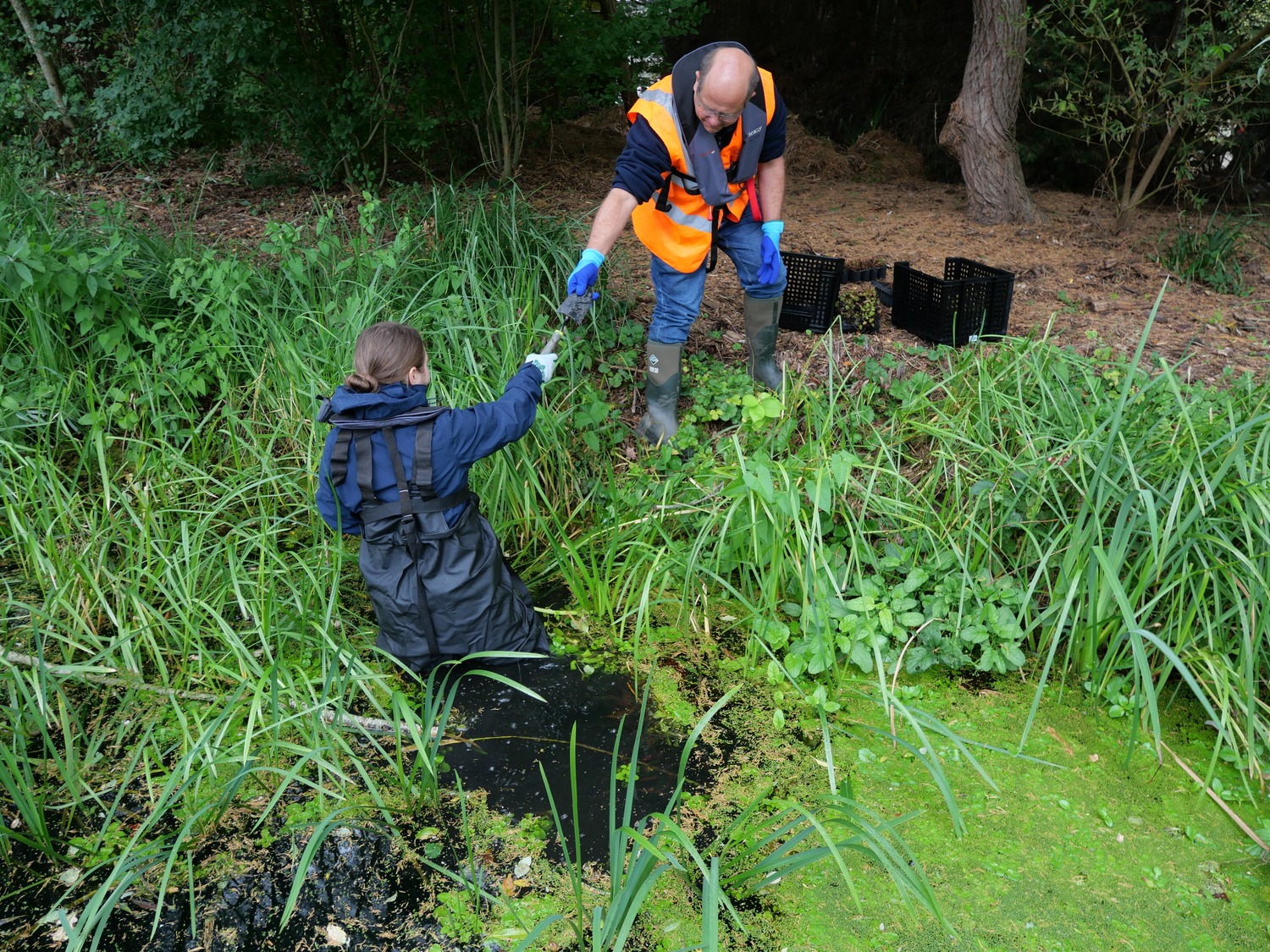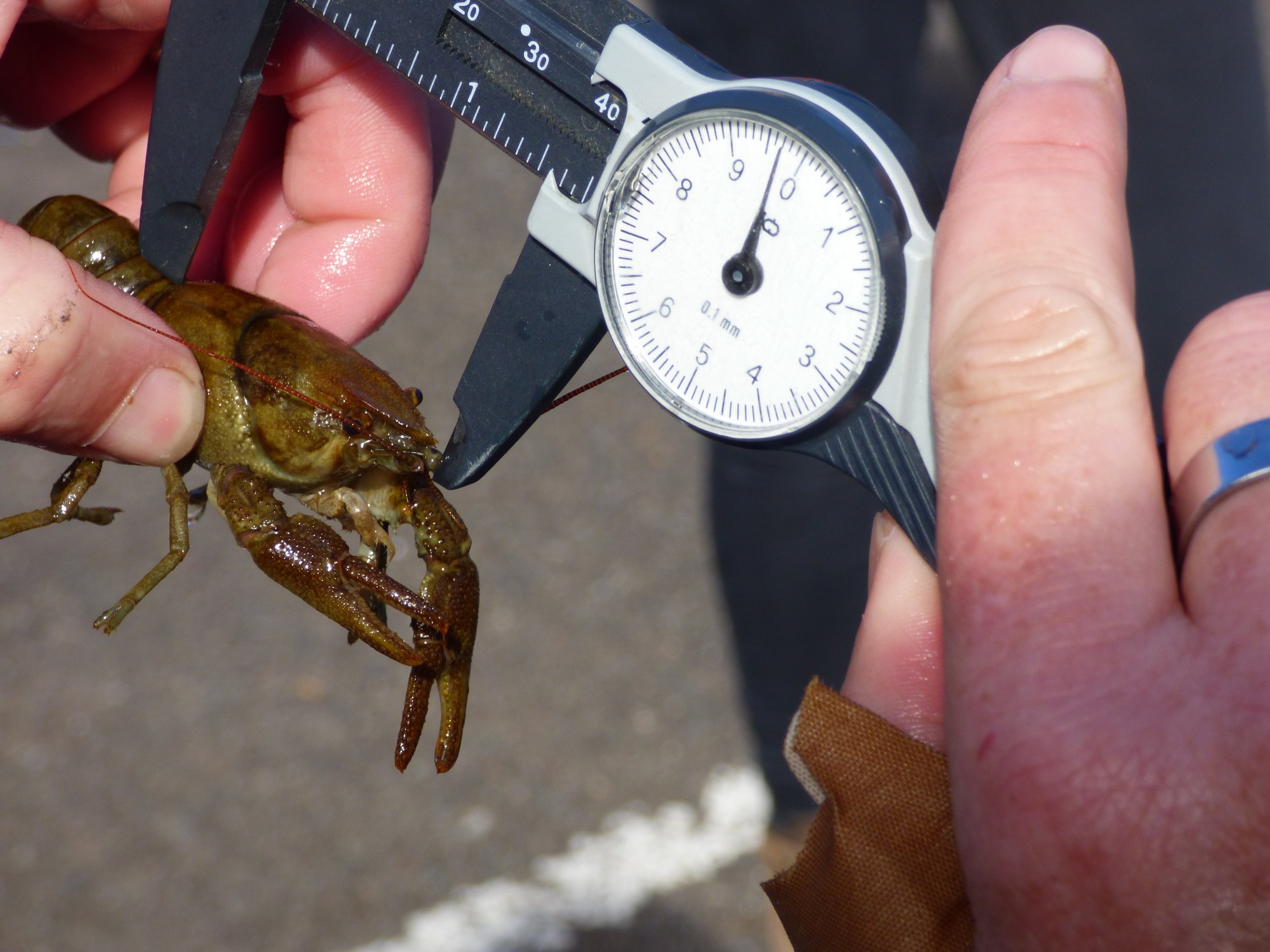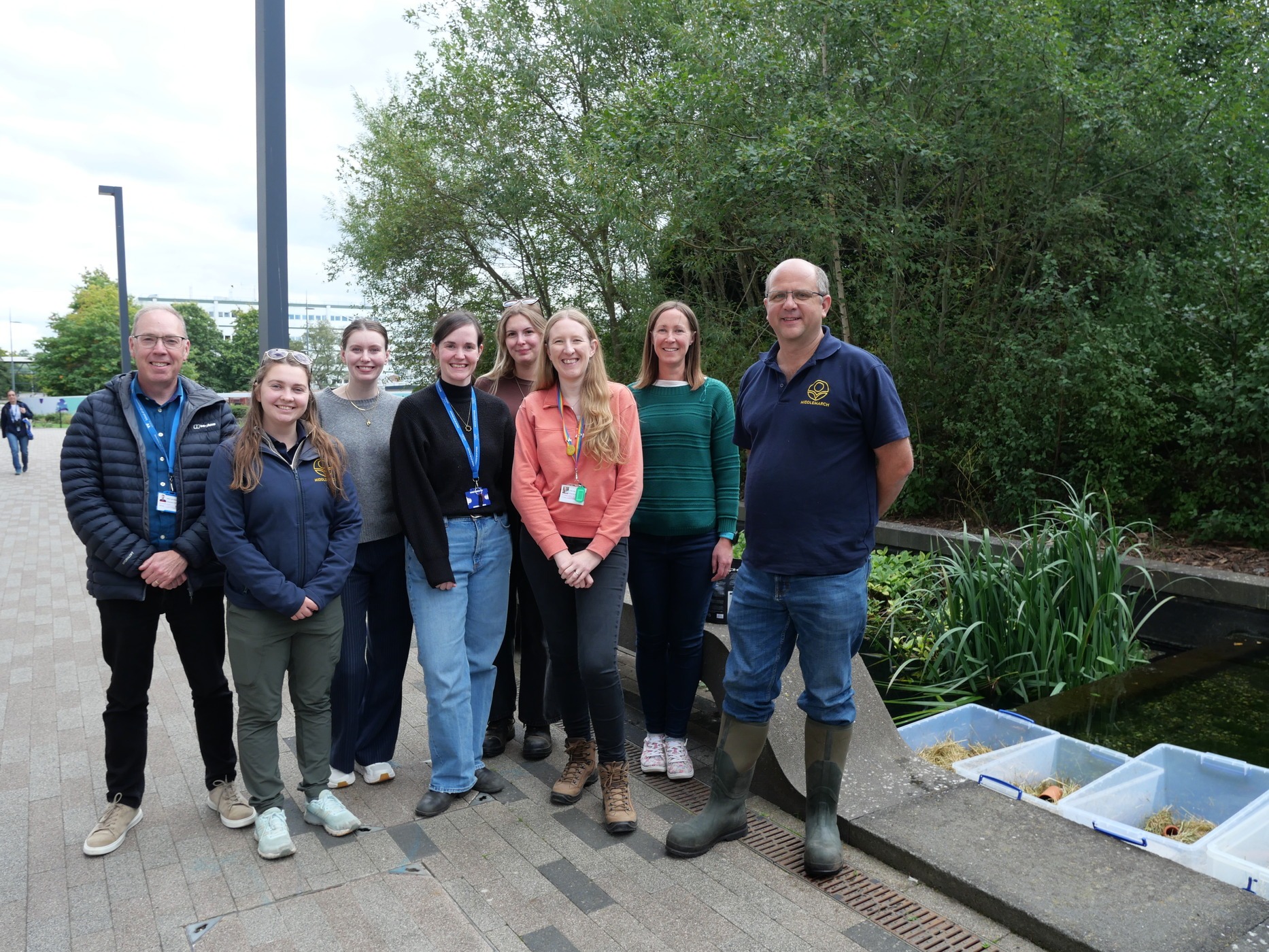Endangered crayfish find new home on Warwick campus
The University has welcomed a new batch of freshers, only ones who are far smaller, clawed, and happen to be crustaceans. Say hello to the white-clawed crayfish.
Campus’ new freshwater friends, who are busy moving into their new home on campus, are the only crayfish native to the UK. However, their population size has dropped significantly over the past 40 years due to the arrival of the American signal crayfish.
Our native crayfish have struggled to survive, partly due to the new competition for food and shelter, but also owing to a disease carried by these newcomers which is deadly to our crayfish.
Warwick’s School of Life Sciences has contributed to this vital research, monitoring DNA traces in the water to track the location of invasive signal crayfish and identify safe areas for our indigenous species
Fortunately, a Natural England’s Species Recovery Programme grant has been provided to find better, safer habitats for the white-clawed crayfish, and our very own Warwick campus has been selected as an ‘ark site’, or safe zone, for this project.
Gemma Wilkins, Head of Sustainable Campus Operations at the University of Warwick, said: “When it was first suggested to us that our campus water feature might be a suitable ark site, we were really surprised – surely the crayfish would prefer a more rural location? As it turns out, the rill on campus provides everything that they need to thrive, and if the population is successful, it should enable reintroductions to other sites too.”

Warwick’s campus has been selected as an ‘ark site’, or safe zone, for the project. Image: University of Warwick.
Warwick’s School of Life Sciences has contributed to this vital research, monitoring DNA traces in the water to track the location of invasive signal crayfish and identify safe areas for our indigenous species.
Ahead of the crayfish’s arrival, preparations were underway to supply everything they need to thrive and survive, including the right food, shelter, and surrounding plants.
The progress of the crayfish population will continue to be monitored, and there is hope for future additional developments of their habitat here to further the chances of boosting the species’ numbers.
To be able to reintroduce an endangered species that was previously thought to no longer exist in the area is a real achievement, and one we’re proud to support
Councillor Jim O’Boyle, Cabinet Member for Jobs, Regeneration and Climate Change at Coventry City Council
Similar efforts are being made across the UK to help the white-clawed crayfish to re-establish its population, with the work here on campus a key part of that endeavour.

The crayfish population will continue to be monitored, in the hope that it will increase moving forward. Image: University of Warwick.
Councillor Jim O’Boyle, Cabinet Member for Jobs, Regeneration and Climate Change at Coventry City Council, said: “We’ve been very closely involved in this project from the outset, working in partnership with Warwickshire Wildlife Trust and the University of Warwick to help secure the initial funding.
“This is a truly significant initiative – not just for biodiversity, but for Coventry as a whole. To be able to reintroduce an endangered species that was previously thought to no longer exist in the area is a real achievement, and one we’re proud to support. It shows what’s possible when local partners come together with a shared vision for conservation and sustainability.”
The Boar would like to welcome the white-clawed crayfish to Warwick, and looks forward to seeing their populations recovering and flourishing very soon.

Comments